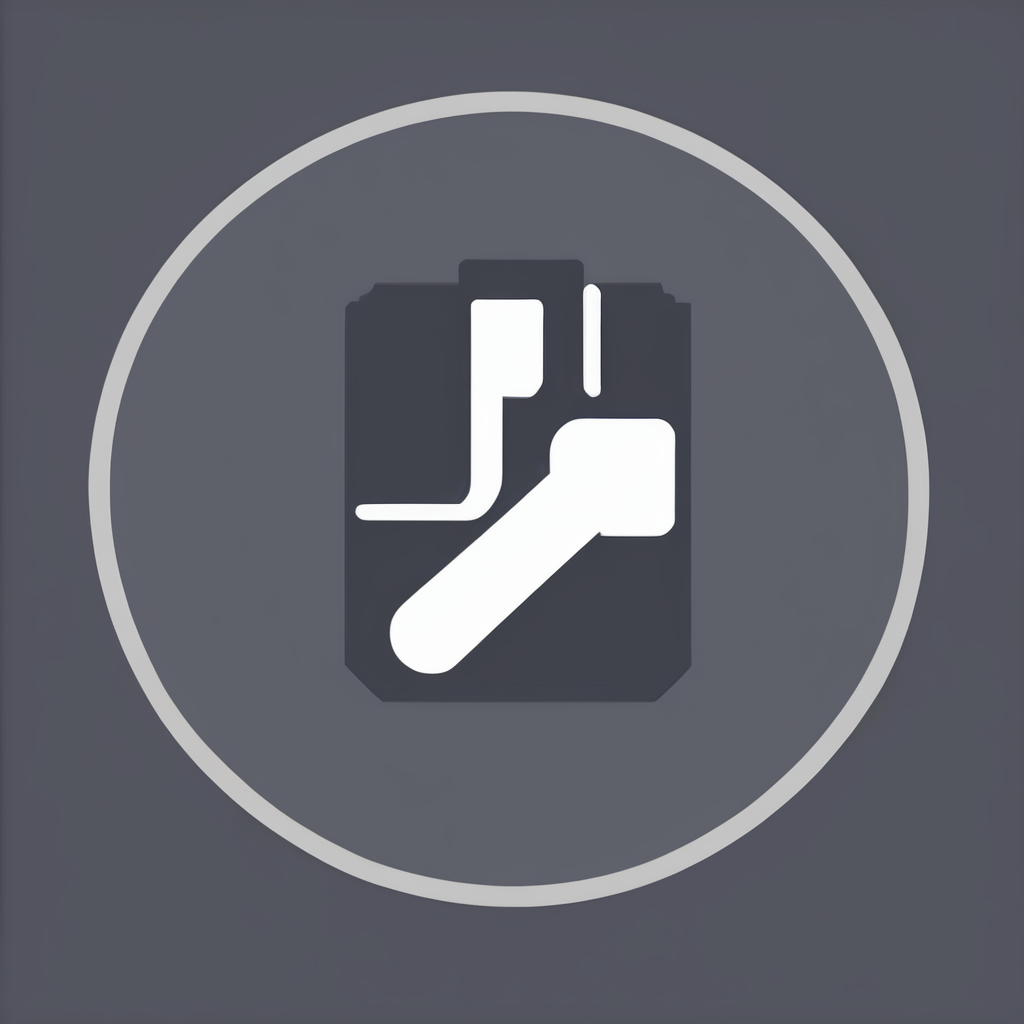Cutting-Edge Technologies Reshaping UK Patient Care
The NHS is embracing health innovations in the UK at an unprecedented pace, spearheading a digital transformation that enhances patient outcomes. Among the most impactful developments are AI-driven diagnostic tools, which assist clinicians in early detection of diseases with remarkable precision. For instance, radiology departments now utilize machine learning algorithms to interpret imaging scans faster and more accurately, reducing diagnostic errors.
Revolutionary medical devices further elevate care standards. Wearable monitors continuously track vital signs, enabling real-time patient monitoring outside hospital walls. This technology not only improves chronic disease management but also minimizes hospital admissions by alerting healthcare providers to early signs of deterioration.
In parallel : What Are the Potential Long-Term Effects of New Healthcare Policies in the UK?
In practical terms, these transformative healthcare technologies streamline workflows and foster personalized treatment approaches. Telemedicine platforms illustrate this well; they allow patients to consult specialists remotely, broadening access and reducing waiting times. By integrating such tools, the NHS advances its mission of accessible and efficient healthcare delivery.
The ongoing NHS digital transformation marks a pivotal shift in UK healthcare. It demonstrates how combining innovative technology with clinical expertise can significantly reshape patient care experiences and outcomes.
Also to read : Is the National Health Service Prepared for Unforeseen Health Emergencies?
Digital Health Tools and Remote Monitoring
Digital health UK is rapidly transforming through the expansion of telemedicine innovations. These platforms enable patients to consult healthcare providers remotely, reducing the need for in-person visits while enhancing appointment accessibility. The NHS has integrated remote consultations into many services, supporting continuous care beyond hospital settings.
Wearable and remote patient monitoring NHS programs are becoming pivotal in managing chronic conditions such as diabetes and heart disease. Devices track vital signs like heart rate, blood pressure, and glucose levels in real time, allowing clinicians to detect issues early and adjust treatments promptly. This proactive approach not only improves patient outcomes but also reduces hospital admissions.
Additionally, remote monitoring is particularly beneficial for patients in rural areas, where access to healthcare facilities can be limited. It bridges geographic barriers, ensuring consistent medical oversight without the burden of travel.
By combining telemedicine innovations and remote monitoring, digital health UK promotes more personalized, efficient, and timely care. These technologies empower patients to engage actively in their health management, fostering better disease control and quality of life.
Artificial Intelligence and Data Analytics in Healthcare
Artificial Intelligence (AI in healthcare UK) is transforming patient diagnosis and treatment. AI-powered diagnostic tools are increasingly deployed in NHS clinics, assisting clinicians by quickly analyzing complex data. These tools help identify diseases earlier and with greater accuracy than traditional methods.
NHS data analytics plays a critical role in personalising care. By harnessing vast datasets, healthcare providers can tailor treatments to individual patients, improving outcomes. For example, predictive healthcare tools analyze patient histories to forecast risks, enabling preventative measures.
Experts acknowledge AI’s transformative potential but urge caution. While AI offers valuable insights, its accuracy depends on data quality and algorithm design. Current limitations include challenges in interpreting AI recommendations and ensuring equitable access across diverse populations. Ongoing collaboration between technologists and medical professionals is essential to address these issues.
Overall, AI in healthcare UK, supported by robust NHS data analytics, shows promise in making healthcare more efficient and patient-centred. As predictive healthcare tools evolve, they offer new opportunities to shift from reactive to proactive treatment. Understanding both the capabilities and constraints of AI is crucial for safely integrating these innovations into everyday clinical practice.
NHS-Driven Health Innovation Initiatives
NHSX stands at the forefront of NHS innovation, spearheading government healthcare programmes UK that enhance digital transformation across services. This unit combines expertise in digital, tech, and data to drive improvements in patient care and operational efficiency. It works closely with health and social care organisations, ensuring innovations align with national priorities.
One notable example of government healthcare programmes UK success includes the rapid adoption of remote monitoring tools. These tools allowed clinicians to track patients’ vital signs remotely, reducing hospital visits while maintaining care quality. Such initiatives illustrate how NHSX and wider NHS innovation programmes facilitate agile, patient-centred solutions.
Funding for NHS innovation often comes through targeted grants and partnerships. NHSX oversees investment in projects that demonstrate potential for scalable impact. This support mechanism encourages collaboration between technology developers, clinicians, and policymakers, accelerating adoption across the healthcare system.
The emphasis on digital health innovation by NHSX and related government healthcare programmes UK reflects a strategic commitment to modernising care, improving access, and managing resources effectively. Through these coordinated efforts, the NHS continues to lead in delivering innovative healthcare solutions.
Impact on Patient Experience and Healthcare Outcomes
Exploring how innovation shapes care quality and satisfaction
The patient experience innovation UK landscape brings measurable improvements in healthcare outcomes. Innovative technologies, such as digital monitoring tools and AI-driven diagnostics, enable more precise treatments, directly improving recovery rates and reducing complications.
Patients actively engage with these advancements, leading to enhanced satisfaction. For instance, user-friendly apps streamline appointment bookings and provide real-time health updates, fostering transparency and trust. This engagement promotes adherence to treatment plans, crucial for better health results.
Clinicians report that these innovations offer more comprehensive patient data, improving decision-making accuracy. Feedback from both patients and healthcare professionals highlights smoother communication and more personalized care. Many emphasize how technology not only assists in medical assessments but also empowers patients, enhancing their sense of involvement.
The benefits of healthcare innovation UK extend beyond immediate care: they reduce hospital stays, lower readmission rates, and ease pressure on healthcare staff. These outcomes reflect a system moving towards patient-centered models, where innovation plays a pivotal role in driving quality improvements and positive experiences.
Robot Hoover Maintenance and Care
Maintaining your robot hoover ensures optimal performance and extends its lifespan. Regular cleaning of brushes, filters, and sensors is essential. Brushes often accumulate hair and debris that can hinder suction and navigation. Removing this buildup helps keep the robot hoover operating efficiently.
Filters should be checked frequently; clogged filters reduce suction power and can strain the motor. Replace filters based on manufacturer recommendations or sooner if dust accumulation is heavy. This simple step maintains strong suction and improves air quality by capturing fine particles.
Sensors require gentle wiping with a soft cloth to prevent navigation errors, helping the robot hoover map rooms accurately and avoid obstacles. Failure to care for sensors can result in missed areas or collisions.
Battery health is another vital aspect. Follow charging guidelines to avoid battery degradation. Some models have replaceable batteries, allowing you to extend device life without purchasing a new robot hoover.
By including these maintenance practices, you ensure consistent performance and protect your investment. Thoughtful care of your robot hoover saves time and frustration, letting you enjoy a cleaner home with minimal effort.



